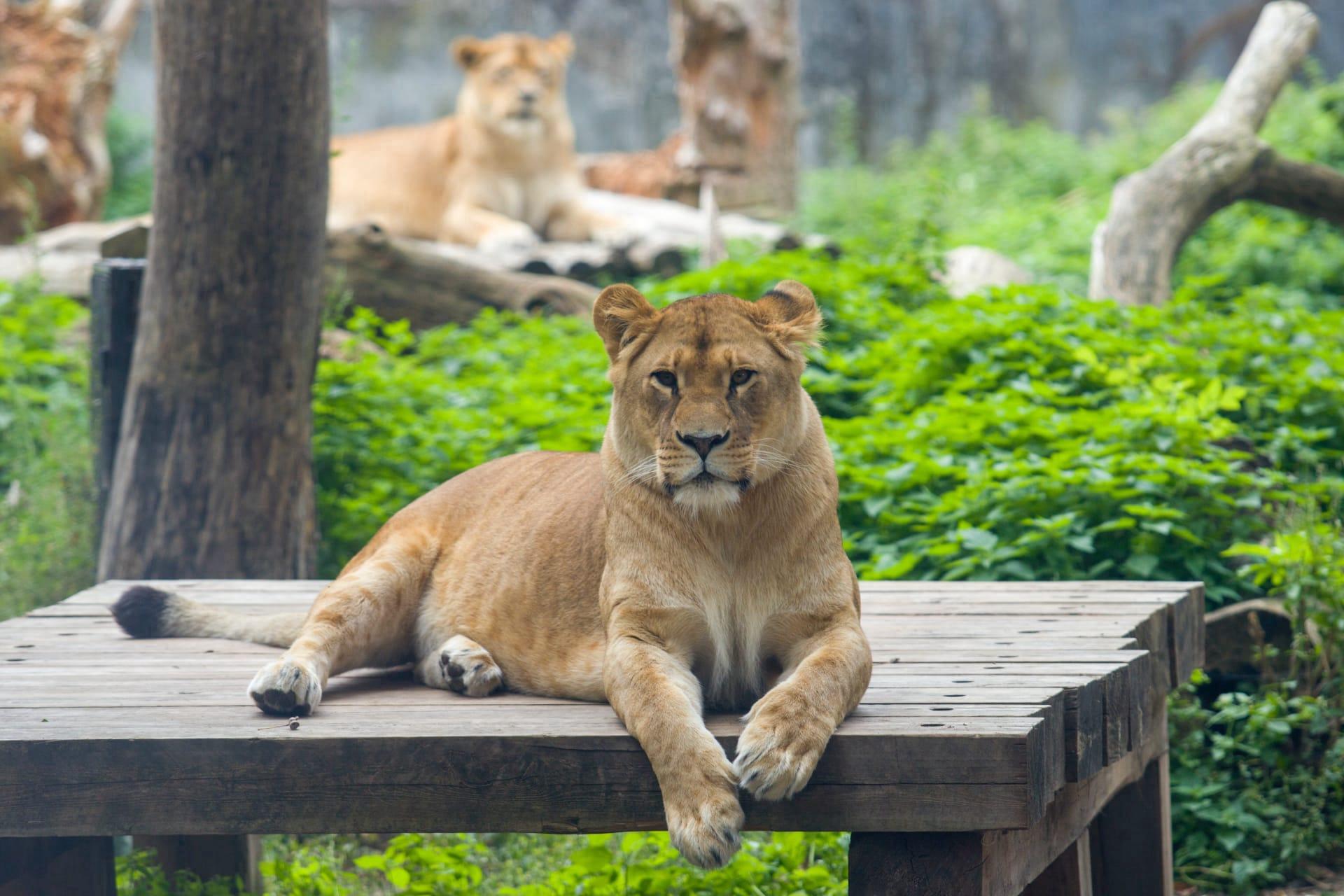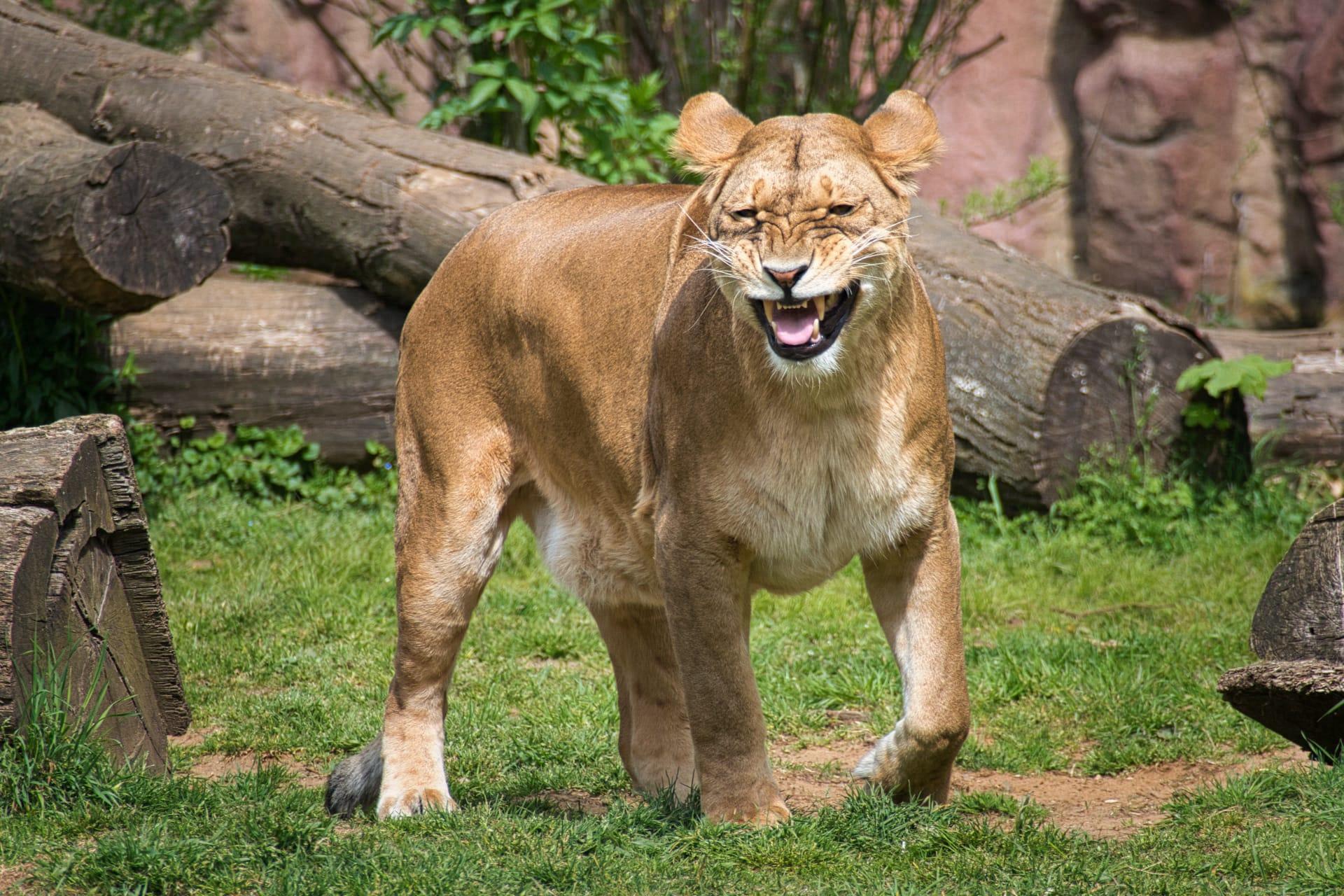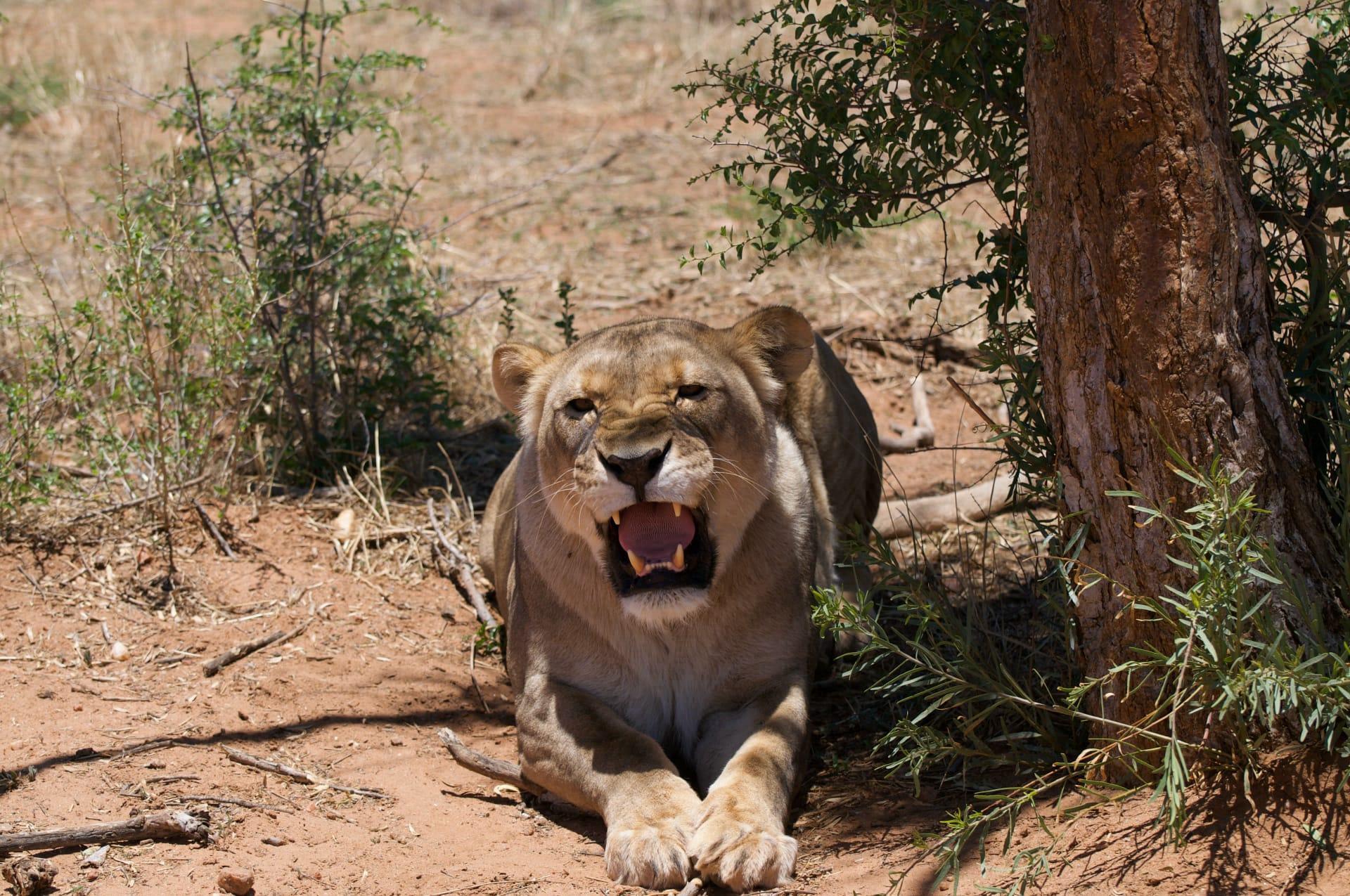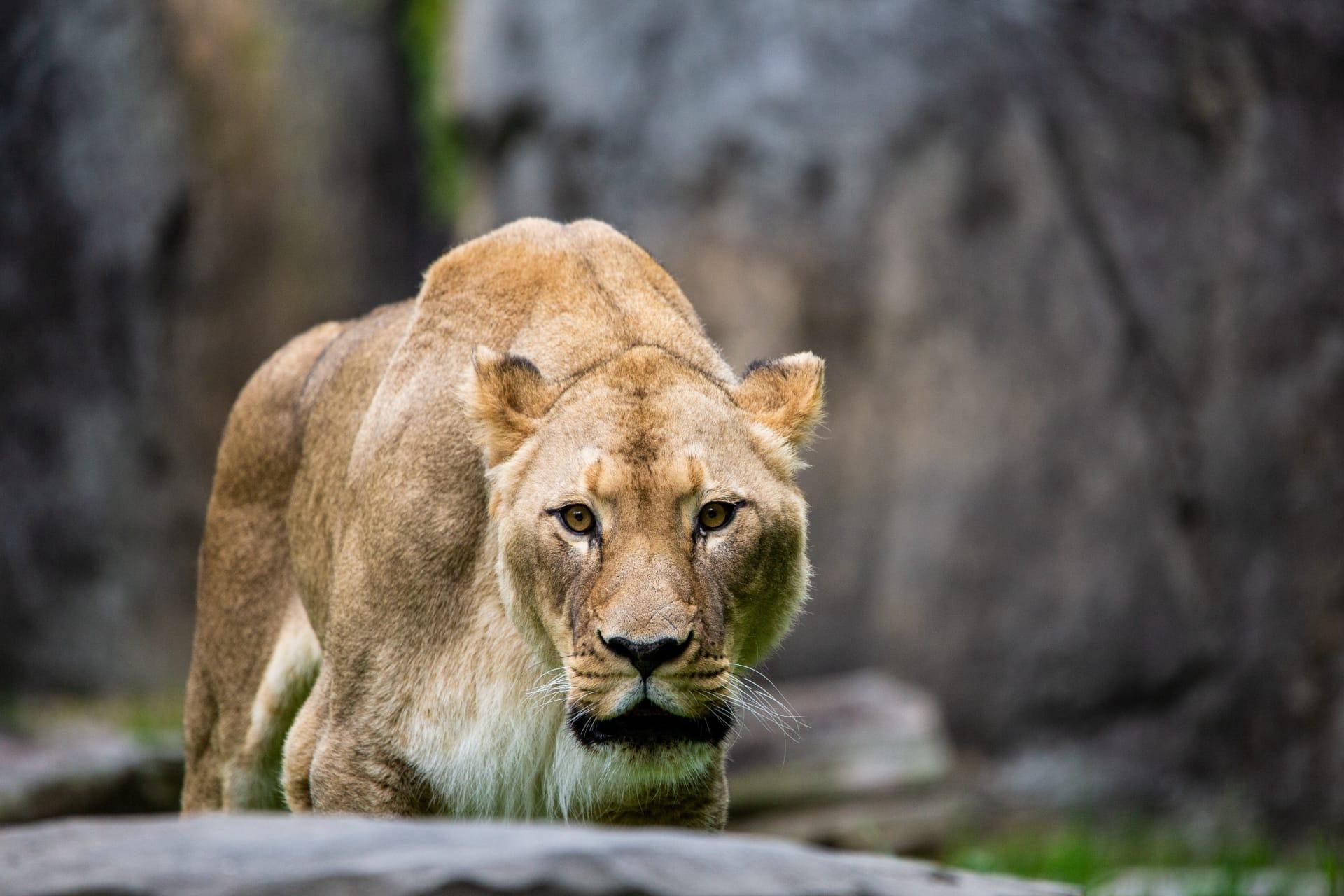1
Cougars, also known as mountain lions or pumas, are remarkable for their wide range of vocalizations. Unlike many big cats, they cannot roar but instead make a variety of purrs, hisses, growls, and screams. One of their most distinctive sounds is a loud whistle-like call, often used during mating season. This unique vocal repertoire helps them communicate effectively in their solitary lifestyle across diverse habitats.
An adult cougar can jump up to 18 feet in the air and leap as far as 40 to 45 feet horizontally. This incredible jumping ability is due to their powerful hind leg muscles and flexible spine. It's an essential skill for hunting, allowing them to ambush prey by pouncing from high vantage points or leaping over large obstacles during a chase.

2
Cougars have a significant geographical range, inhabiting various ecosystems across North and South America. They are found from the Canadian Yukon to the southern Andes, making them the most widespread of any wild terrestrial mammal in the Western Hemisphere. This adaptability to different environments showcases their remarkable survival skills.
Interestingly, cougars are not true big cats, like lions or tigers, as they lack the ability to roar. This distinction arises from a difference in their larynx structure. Despite their size and prowess, cougars fall into the 'lesser cat' category, yet they are one of the most powerful and feared predators in their range.

3
The diet of a cougar is incredibly diverse, reflecting their wide habitat range. They primarily hunt deer but also prey on smaller animals like coyotes, raccoons, and even insects. Remarkably, cougars are also known to occasionally take down animals much larger than themselves, such as elk or moose, demonstrating their formidable hunting prowess.
Cougars are solitary and territorial animals, often requiring large swaths of land to thrive. A single male's territory can span over 150 square miles. This need for extensive territory is a crucial factor in the cougar's interaction with its environment and poses challenges for conservation efforts, especially in areas experiencing human encroachment.

4
Cougars have a unique method of storing their food. After making a kill, they often bury it under leaves or snow to hide it from scavengers and return to feed on it for several days. This behavior, known as caching, is a survival strategy that ensures they have access to food even when hunting conditions are not favorable.
Despite their fearsome reputation, cougars rarely attack humans. Most encounters with humans are brief and non-confrontational. Research has shown that cougars go to great lengths to avoid human contact, altering their behavior and movement patterns in human-dominated landscapes to stay out of sight.

5
Female cougars are devoted mothers. They typically give birth to two or three cubs, which they raise alone. The cubs are born blind and depend entirely on their mother for the first few months. She teaches them how to hunt and survive in the wild, a process that can take up to two years before the young cougars are independent enough to establish their own territories.
Cougars play a critical role in ecosystem balance. As apex predators, they help control the populations of their prey, such as deer and elk. This regulation is vital for maintaining the health and diversity of the ecosystem, preventing overgrazing and helping to sustain a variety of plant and animal life in their habitats.